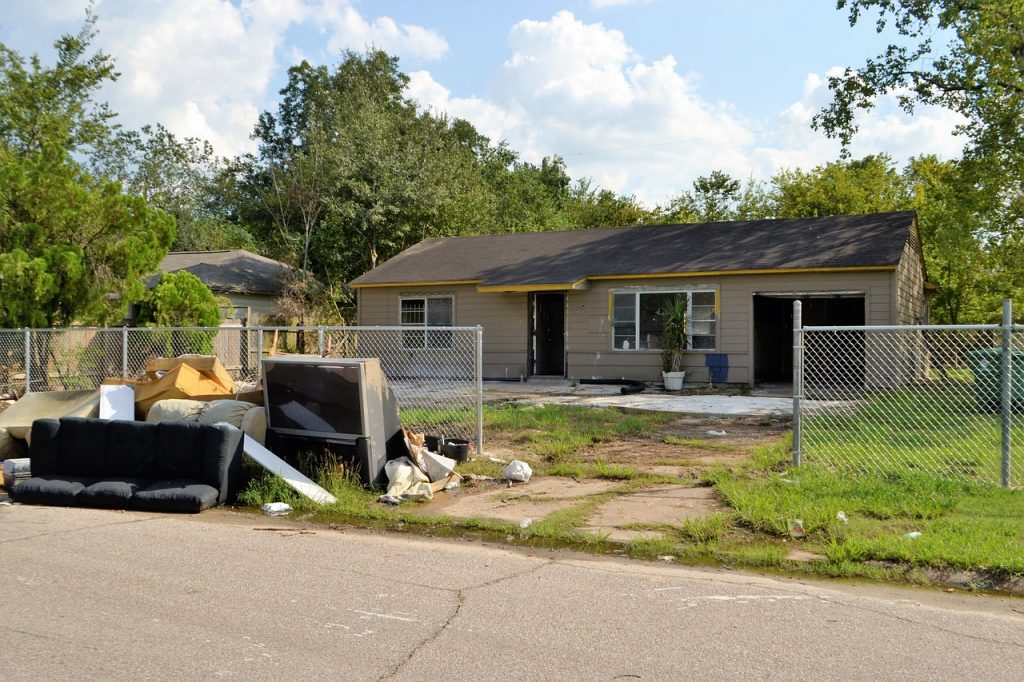Water has the capacity to degrade building materials, as well as the interiors and architectural works. Plywood, insulation, carpet, wood stud, sub-flooring, and bricks can start to wear out or rot if they are soaked in water for a prolonged period. The situation can worsen with mold growing on them. Home water damage can often go unnoticed. You may even ignore the initial signs and symptoms before they blow up.
If you don’t want your house to suffer from structural damage, hire the expert home water damage Charlotte address the situation as earliest as possible.
To give you a head start, we have listed here common places to look for home water damage.
Check Window Walls For Water Damage
Since windows are common places through which rainwater seeps in, it is a potential spot for water damage. Heavy rainfall or repeated water leaks can damage window sash, framing studs, or jamb.
Door Threshold Can Have Home Water Damage
The exterior door threshold wood is often the victim of rains. Every time it rains, the threshold saturates with water. While the wood is usually treated with whether protection, overtime, it can wear out and swell due to water retention.
Water Damaged Window Sills
Windowsill and place beneath it are also common spots for water damage, especially if the windows are old and have been painted several times over. The water can seep in through the cracks and rot the wood.
Beneath and Around Dishwasher
Although dishwashers are sealed, the water can leak from the joints or drain beneath it and can damage the subfloors. Since you can’t see beneath the dishwater, you may not realize the damage until it’s too late.
Sidings
Sidings, especially at the corners of the house where two siding panel meets or around the window, are most likely can suffer from water damage. If the gaps aren’t sealed properly, water can accumulate beneath the siding and decay the wood.
Water Damaged Bathroom
The bathroom is a primary location for water damage, especially around the bathtub or shower. Internal pipe leak/burst or a failed plumbing connection can start water pooling inside and make the floor, wall, and sub-floor spongy and putrid.
Underneath Sink
Places where water is frequently passed, like a sink in the kitchen or bathroom, stand a high chance of suffering from water damage due to slow drips from water pipes and drain. Check the places regularly before molds start growing and you incur a bigger loss.
Poor Toilet Fixture Creates Water Damage
If you see water around the base of the toilet or if you see the area moist, then it could be because the wax ring that is placed between the toilet base and flange is damaged. While water is not the first sign, a wobbly toilet sure is.
Dry Walls’ Backside
Stagnant water or flooding due to rain or pipe burst can damage the drywall. Even if the water is dried out, molds can still be growing behind it. It can also affect the electrical wiring. So, replacing the lower portion is the best option.
Roof Penetrations
Any kind of roof penetrations, such as chimneys, see-through ceiling windows, exhaust fans, vents, roof shingles, and roof decks can cause water damage if they are not properly sealed. You must professionally get the roof checked every 10 months to prevent costly remediation.
Air Conditioners and Water Heaters
Air conditioners have shallow pans that store condensed water. If the pipeline that drains the water out becomes clogged, the stored water can overflow and instigate mold growth.
Similarly, a faulty water heater can also start a water leak in the home that can potentially damage the wall and the wooden fixtures around.
Sign up with a professional home water damage remediation company to get your home regularly checked and serviced.
This post is a collaboration and may contain resourceful relevant links. All opinions are our own and for informational purposes only.


